Modern vehicles are highly complex machines, with dozens of computer modules, a vast network of sensors, and hundreds of electrical wires linking all the components. With this level of complexity, it’s not uncommon for something to go wrong. One of the first indicators of a problem is often a warning light on the dashboard.
Dashboard warning lights and indicators come in a variety of colors, each with their own level of severity. Red lights typically indicate a major issue or component failure, while yellow or amber lights are lower-grade hazards or warnings, such as the activation of the traction control system. Green, blue, and white lights simply indicate that a feature is engaged, such as the headlights or cruise control.
GAIN MORE CONTROL OF YOUR CAR WITH THE CARLY FEATURES
Check the exact pricing of Carly for your car brand!

Fast International Shipping with DHL

14 days adaptor return policy

Excellent customer support

Lifetime warranty in the hardware
SEEN IN
To help you understand what these lights mean, it’s important to know that automakers use different icons, messages, and colors to convey information. The best source of information about your vehicle is the owner’s manual. If you’ve lost yours, you may be able to download a digital copy for free on the automaker’s website.
Types of Car Dashboard Symbols
Not all symbols that appear on your car’s dashboard are warning lights. Some indicate vehicle features, such as lights and cruise control, while others signal safety systems or mechanical issues. The color of the symbols also holds significance. Green or blue symbols indicate that a system is on or operating, while orange or yellow symbols signal the need for service or repair. Red symbols, however, are urgent warnings that require immediate attention. Keep in mind that every car is different, and symbols may vary. Always consult the owner’s manual for specific information. Additionally, some lights may briefly illuminate during system check when you start the car, if they turn off within a few seconds, the system is operating normally.
- Check Engine Light
- Engine Coolant Temperature Light
- Transmission Fluid Temperature Light
- Engine Oil Pressure Light
- Engine Oil Change Light
- Battery Warning Light
- Tire Pressure Warning Light
- Reduced Engine Power Light
- Brake Warning Lights
- ABS Warning Light
- Traction Control Warning Light
- Stability Control Warning Light
- Power Steering Warning Light
- Airbag Warning Light
- Seatbelt Warning Light
- Automatic Shift Lock Light
- Low Fuel Warning Light
- Washer Fluid Warning Light
- Engine Stop-Start Light
- Security Light
- Glow Plug Light
- DPF Light
- DEF Light
- Cruise Control Light
- Adaptive Cruise Control Light
- Forward Collision Warning Indicator
- Lane-Departure Warning Light
- Parking Assist Light
- Blind-Spot Monitoring Light
- Drowsiness Monitoring Light
- Master Warning Light
- Fog Lamp Indicator
- Gearbox Warning
- Gas Cap Indicator
- High-beam Headlight Indicator
- Automatic High-Beam Headlight Indicator
- Door/Trunk/Hood Open Warning
- Electric Vehicle Dashboard Warnings
- ECO Driving Indicators
- Four-Wheel-Drive/All-Wheel-Drive Indicators
- Brake Pad Warning Light
- Exterior Lamp Out
- Low Electric Battery Charge
- Service Vehicle Light
- How to check Car's Dashboard Warning Lights with an OBD Device
Check Engine Light
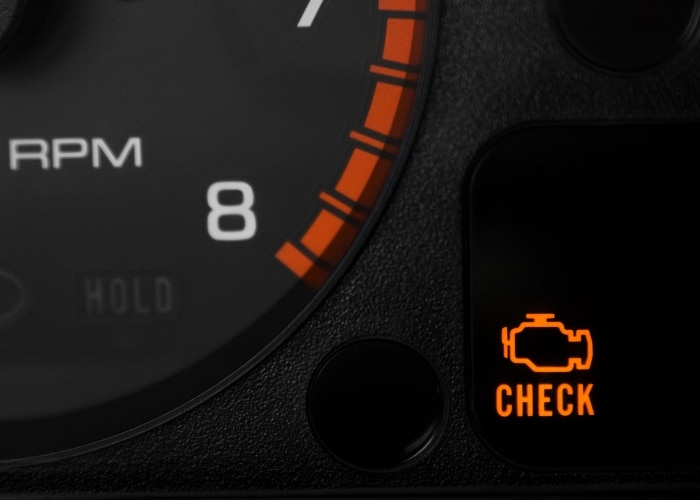
The check engine light, also known as CEL, is a common dashboard warning light that indicates any engine-related issue. This can range from something as minor as a loose gas cap to more serious issues such as misfires, knocking or loss of compression, which can lead to premature engine wear or failure. The check engine light can be red or amber and typically features an outline of an engine, the words “service engine soon” or simply “check engine” in bold letters. Some car owner’s manuals may also refer to it as the malfunction indicator light or MIL. It’s normal for the check engine light to come on briefly when turning the key in the ignition, but it should disappear as soon as the vehicle is running. If it doesn’t, it means there’s an issue. It’s strongly recommended not to drive your vehicle if the check engine light is on, call for a tow truck and have a repair shop diagnose and fix the issue to avoid any severe engine damage.
Engine Coolant Temperature Light
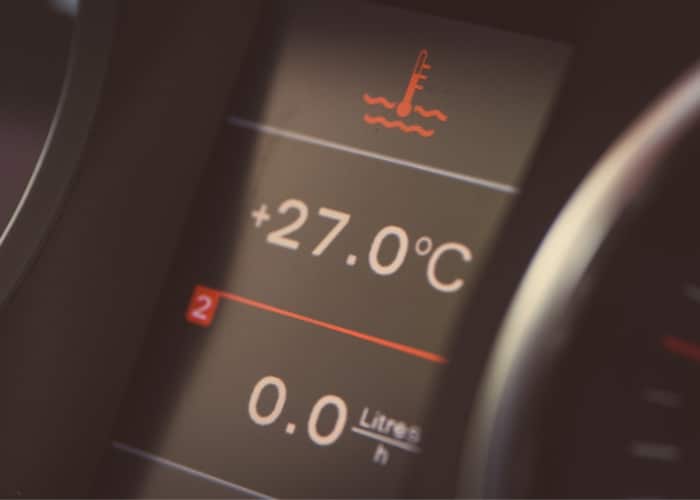
If the red thermometer on the engine temperature light is illuminated, it means the engine is overheating. This is a serious issue that can lead to significant engine damage. To prevent further damage, you should immediately pull over and turn off your vehicle. Potential causes of engine overheating include a malfunctioning water pump, stuck thermostat, radiator or coolant hose leak, or a damaged head gasket.
Transmission Fluid Temperature Light
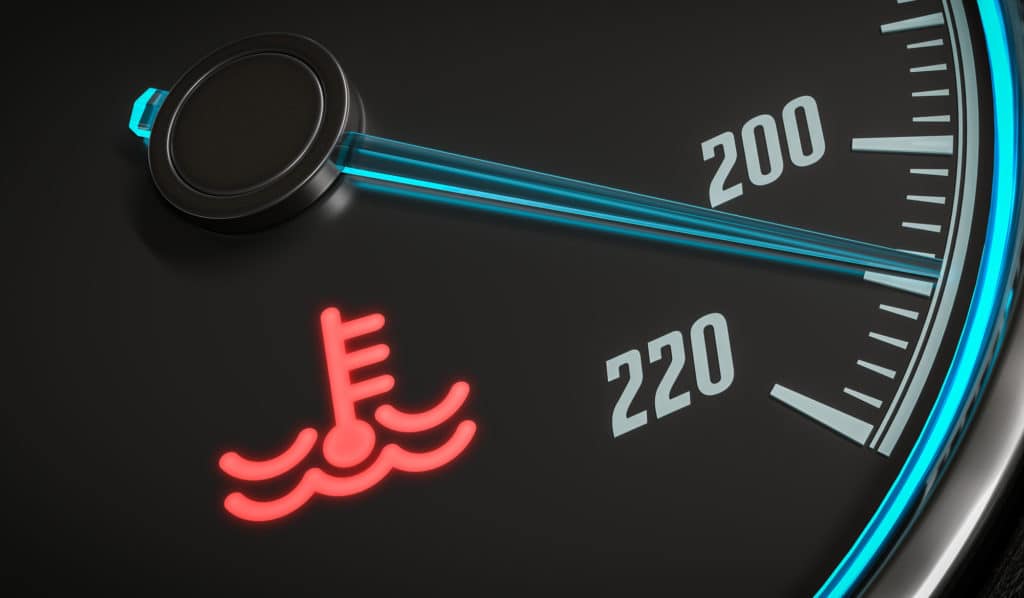
The transmission temperature light, often depicted as a yellow or red thermometer surrounded by a gear or the words “AT OIL TEMP”, indicates that the transmission is overheating. It’s important to pull over and turn off your vehicle as soon as it’s safe to do so if this light appears. Common causes of transmission overheating include low fluid levels, worn internal components, high mileage and sustained heavy towing. It’s crucial to have your car checked by a mechanic as soon as possible when this light appears to prevent any further damage to the transmission.
Engine Oil Pressure Light
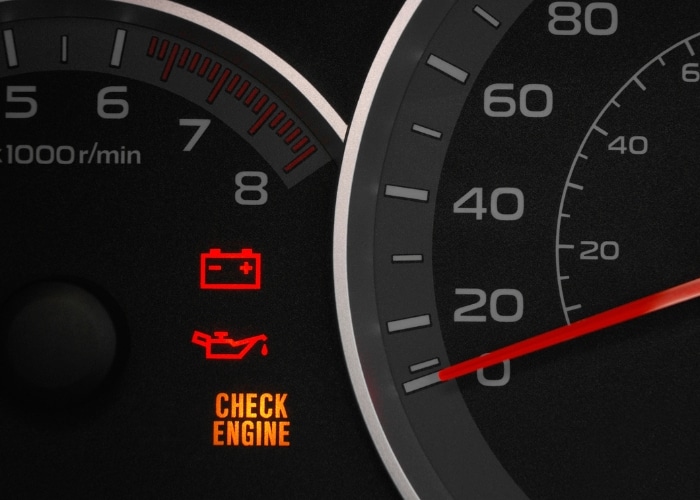
The engine oil pressure light, which is usually represented by a red oil can, indicates that the oil is not flowing properly through the engine. This is a critical problem as low oil pressure can lead to accelerated engine wear or even failure. Some common causes of low oil pressure include low oil levels, a worn oil pump, and other worn internal engine components. To prevent this, it’s important to regularly check the engine oil level and change the oil according to the manufacturer’s recommended intervals.
Engine Oil Change Light

The oil change light, also known as the oil life indicator, alerts the driver when it is time to change the engine oil based on the mileage driven. Due to the use of synthetic oil in most modern vehicles, the recommended oil change interval has increased from the traditional 3,000 miles to anywhere from 5,000 to 15,000 miles in some cases. The indicator can appear as a light or as text on the dashboard, such as “Service Engine Soon” or “Oil Change Required”.
Battery Warning Light
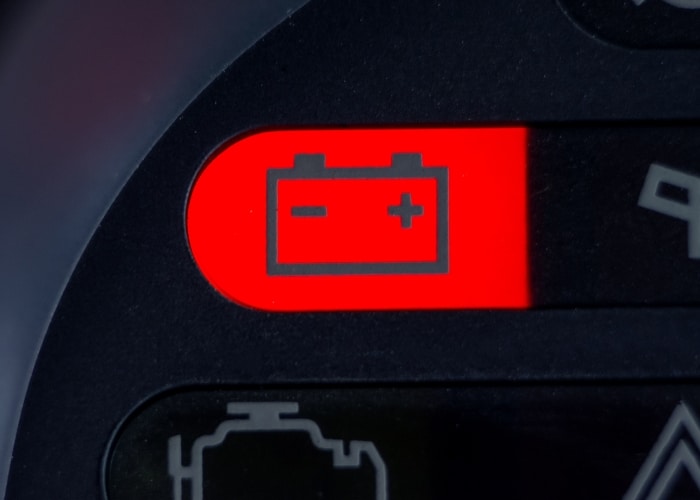
The battery indicator light, depicted as a red battery with plus and minus symbols, indicates that the vehicle’s charging system is not functioning properly. The issue could be the battery itself, but it could also be caused by a loose or corroded battery cable, a worn alternator, a broken accessory belt, or another electrical fault in the system. It’s normal for the light to turn on and then off when starting the vehicle, but if it turns on while driving, it’s important to pull over and stop as soon as it’s safe to do so. If not, the engine will stall once the battery is completely drained, which may only take a few minutes. It’s recommended to have the vehicle inspected by a mechanic as soon as possible if the battery indicator light is on.
Tire Pressure Warning Light
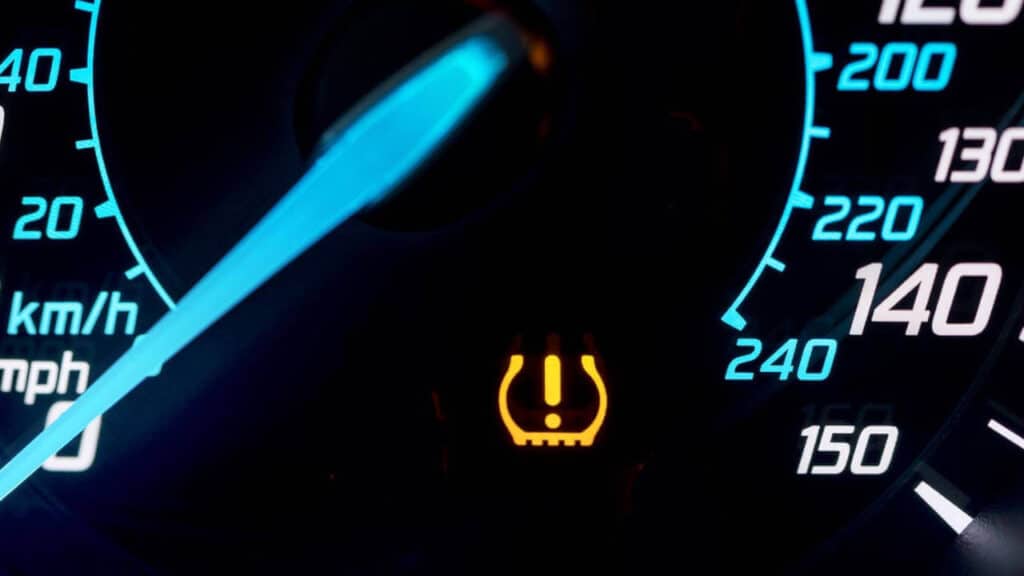
The tire pressure warning light, depicted as a yellow tire with an exclamation point in the middle, indicates that one of the vehicle’s tires is underinflated. In some modern vehicles, this light can also indicate which specific tire has low pressure. The tire pressure monitoring system (TPMS) is responsible for activating this light. If it turns on while driving, it’s important to pull over and stop as soon as possible. Driving with a flat or underinflated tire is unsafe, as it can severely affect the vehicle’s handling. If any tire is flat, call for a tow truck or change the tire if your vehicle is equipped with a spare. If all the tires are still inflated, it’s recommended to drive to the closest service station to check the pressures and add air if necessary. Common reasons for this light to turn on include punctures, faulty tire pressure sensors, and seasonal temperature changes, which can cause a tire to lose pressure gradually.
Reduced Engine Power Light
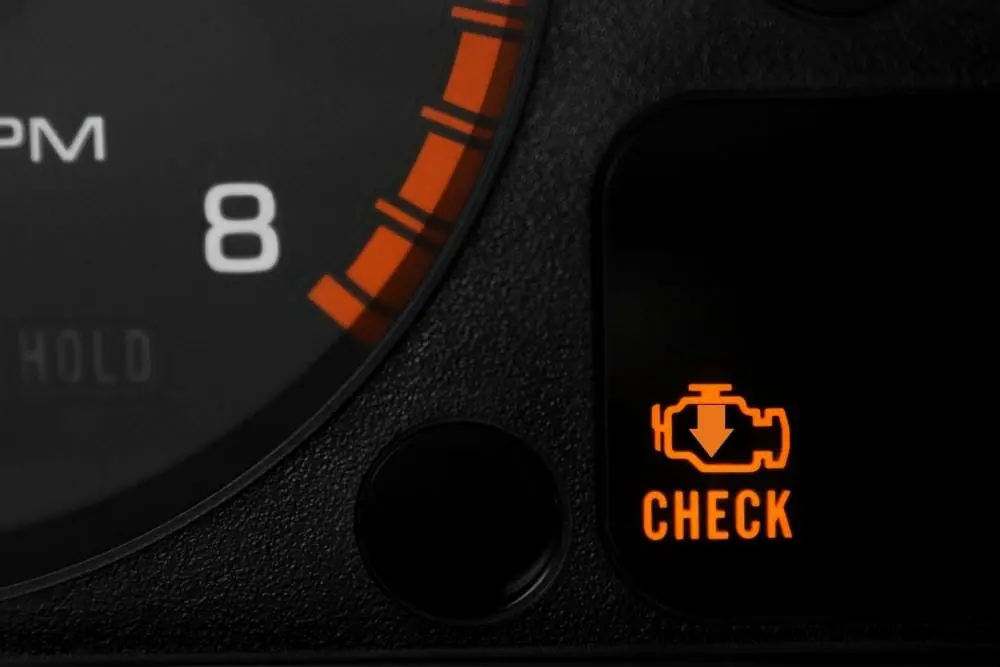
Modern vehicles are equipped with a failsafe system or “limp mode” that limits engine performance when a major fault is detected. This is to protect the engine, transmission, and other driveline components from damage. The system triggers the check engine light to turn on, and in some vehicles, a “reduced engine power” readout may also appear. While the vehicle may still be drivable, it’s best to pull over and stop as soon as it’s safe to do so due to the potential for damage. A common reason for this light to turn on is a faulty throttle position sensor. It’s recommended to have the vehicle inspected by a mechanic as soon as possible to prevent any further damage.
Brake Warning Lights
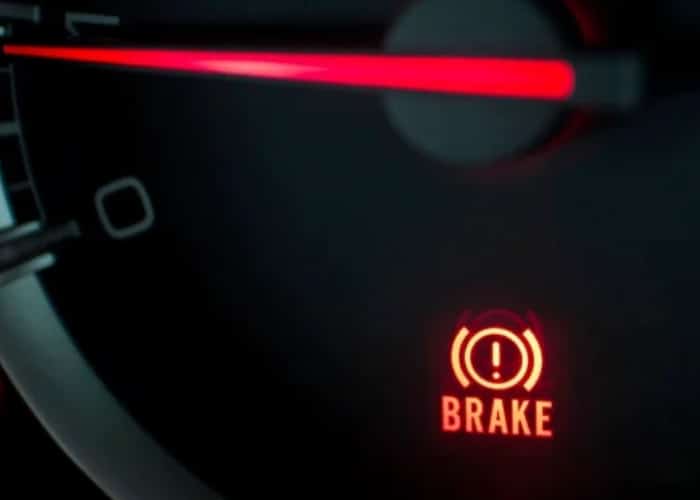
The brake warning light, represented by a red circle with an exclamation point or “P” in the middle or simply the text “BRAKE”, indicates that there’s an issue with the braking system. It can be a routine notification that the parking brake is engaged or a warning of a fault in the system such as a failing master cylinder. If you unexpectedly see this light come on, it’s important to pull off the road and set and release your parking brake. If the light does not turn off, it’s time to call a tow truck before the system fully fails or more damage occurs. The cause of the light can range from something as simple as a sticky parking brake, low brake fluid or worn brake pads, to more serious issues like problems with the master cylinder or the computers that handle the car’s braking system.
ABS Warning Light
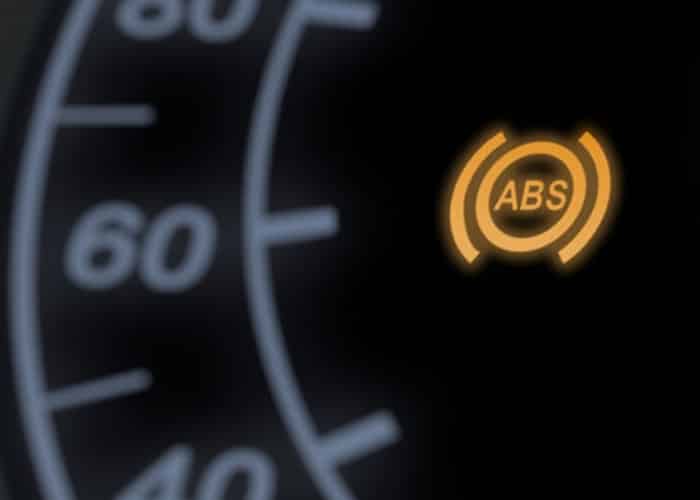
The ABS light, represented by a yellow or red circle with the letters “ABS” in the center, illuminates when a problem is detected with the anti-lock braking system or the system is actively being used. If it’s flashing while braking, the system is functioning as intended. However, if it’s on constantly, there’s a problem with the anti-lock braking system. ABS improves braking performance on slippery roads by pulsing the brakes to prevent the wheels from locking up and skidding. The brakes should still function if this light comes on while driving, but emergency braking performance may be reduced. Common causes for this light to turn on include a faulty wheel speed sensor or an issue with the ABS controller. It’s recommended to have the vehicle inspected by a mechanic as soon as possible to prevent any further damage.
Traction Control Warning Light
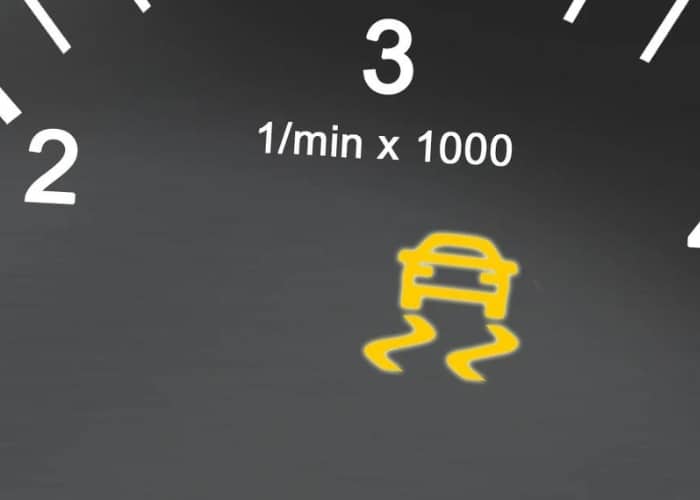
The traction control system (TCS) works in conjunction with the anti-lock braking system (ABS) to improve vehicle stability and traction. It selectively applies the brakes to limit the wheels from slipping during acceleration and often engages when driving on slippery surfaces such as ice and snow, wet pavement, sand, and gravel. The yellow TCS light, represented by a car with two squiggly lines underneath, illuminates momentarily when the system is intervening. If the light stays on, it indicates a problem with the system and it may not operate properly. A common reason for this light to turn on is a faulty wheel speed sensor. It’s important to have the vehicle inspected by a mechanic as soon as possible to prevent any further damage and ensure safe driving.
Stability Control Warning Light
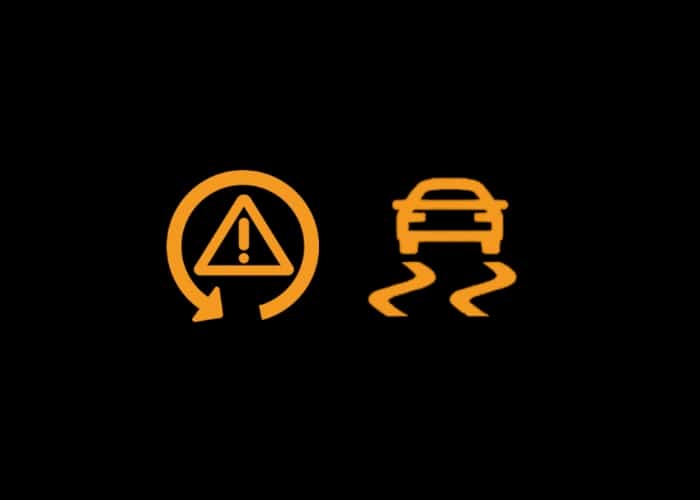
Electronic stability control (ESC), also known as vehicle stability control (VSC), is a feature that is part of the anti-lock braking system (ABS) that helps to improve vehicle stability and keep the vehicle heading in its intended direction. It does this by monitoring wheel speed and steering inputs, and then applying the brakes as necessary to prevent sliding or spinning. Some vehicles have a dedicated “ESC” or “VSC” warning light that illuminates when the system is engaging and stays lit if there is a fault. However, in some vehicles, the traction control warning light turns on instead. It’s important to check the owner’s manual for specific information about the warning light of your vehicle. If the light stays on, it indicates a problem with the system and it is recommended to have the vehicle inspected by a mechanic as soon as possible to prevent any further damage and ensure safe driving.
Power Steering Warning Light
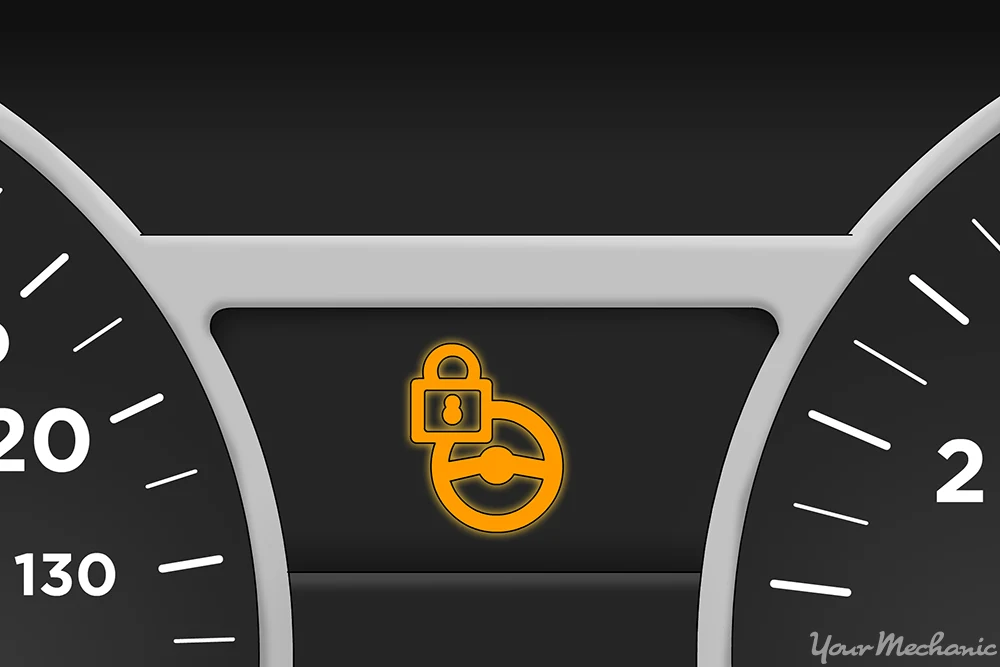
The power steering light, represented by a red or yellow steering wheel icon, often with an exclamation point on the side, illuminates when a problem is detected with the steering system. If the vehicle is equipped with electric power steering (EPS), it will need to be taken to a mechanic for diagnosis. However, if the car has hydraulic power steering, the light often means that the power steering fluid reservoir is low. In this case, you should top it off and look for leaks. If this doesn’t fix the issue, schedule a service appointment. It is not safe to drive the vehicle if this light comes on, because a lack of power steering assistance will make the car much harder to maneuver and can cause loss of control.
Airbag Warning Light
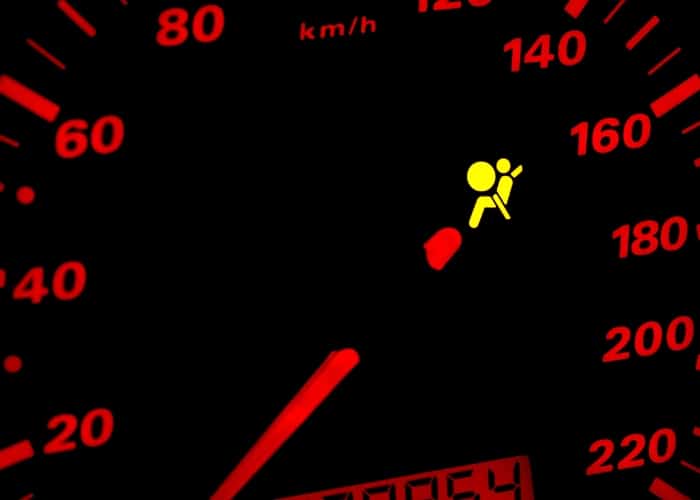
An illuminated airbag light, represented by a red airbag icon, “SRS” or “AIR BAG” text, indicates a problem with the vehicle’s airbag system, also known as the supplemental restraint system (SRS). This system is critical for the safety of the occupants in the event of a crash as it deploys the airbags and tightens the seatbelt pretensioners to protect the passengers. If this light turns on, it means that the airbags may not deploy and the seatbelt pretensioners may not tighten appropriately in the event of a crash. It is not safe to drive the vehicle if this light is on and it is important to have a qualified repair shop diagnose and fix the problem as soon as possible.
Seatbelt Warning Light
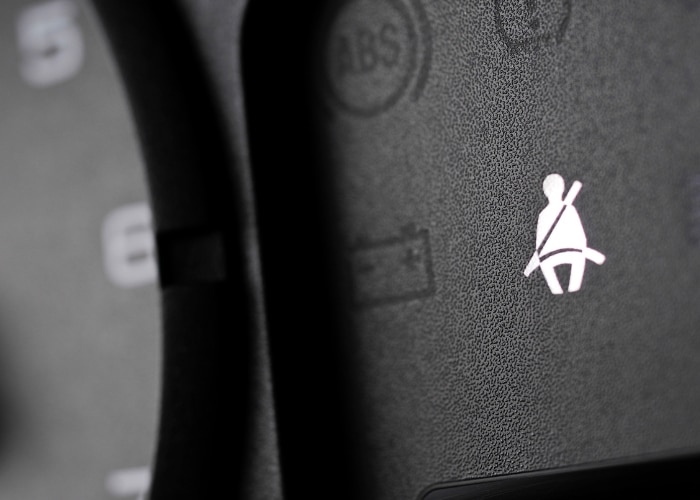
The seatbelt light, represented by an icon of a person wearing a seatbelt, illuminates as a reminder to the driver and passengers to fasten their seatbelts. It is a safety feature that stays illuminated until all occupants have buckled up. Some vehicles also monitor the front passenger seat. If all occupants have buckled up and the light doesn’t turn off, it could indicate a problem with the belt buckle sensor or one of the pressure sensors located under the seat. This is important because seatbelts are a primary safety feature that help protect the occupants during a crash. It’s important to have a qualified mechanic check the system to ensure it’s working properly.
Automatic Shift Lock Light
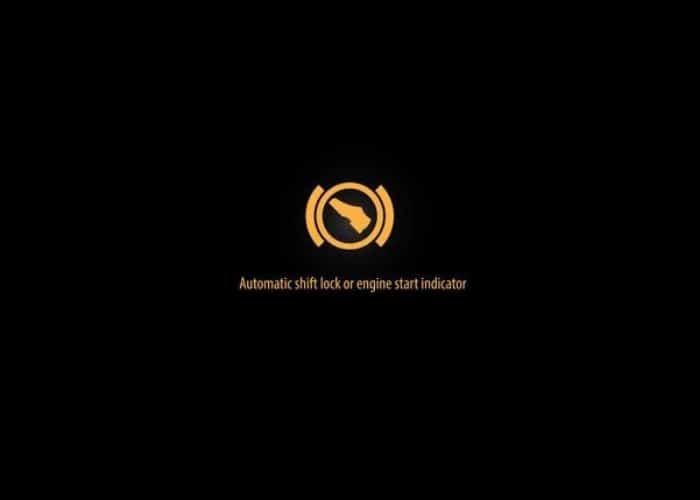
The shift lock system is a safety feature found in modern automatic transmissions. It prevents the vehicle from shifting out of park until the driver has pressed the brake pedal. This is to prevent the vehicle from rolling away if the gear selector is moved accidentally. The shift lock light, represented by a green foot within a circle, turns on when the system is engaged and working properly. Some vehicles also prevent the engine from starting when this system is active. The shift lock light serves as an indicator to the driver that the system is active and working as intended to keep the vehicle and its occupants safe.
Low Fuel Warning Light
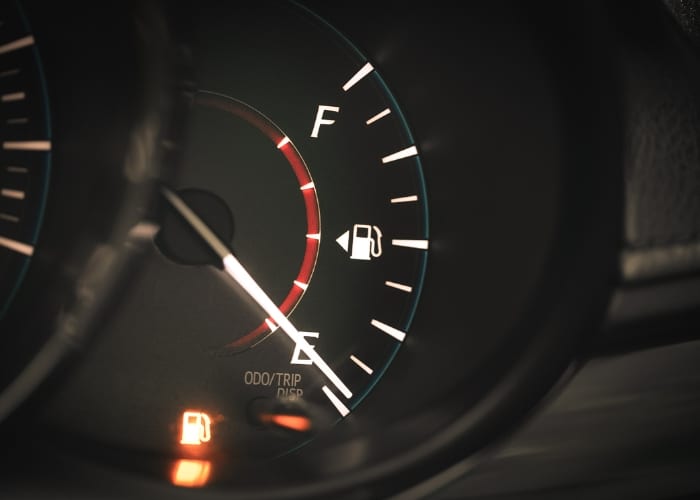
The low fuel warning light, represented by an amber or red gas pump icon, illuminates when the fuel tank is near empty. The specific fuel level that triggers the light may vary by vehicle, but it typically indicates around one to two gallons of fuel remaining. The light may also turn on if the gas cap is not properly tightened.
Washer Fluid Warning Light
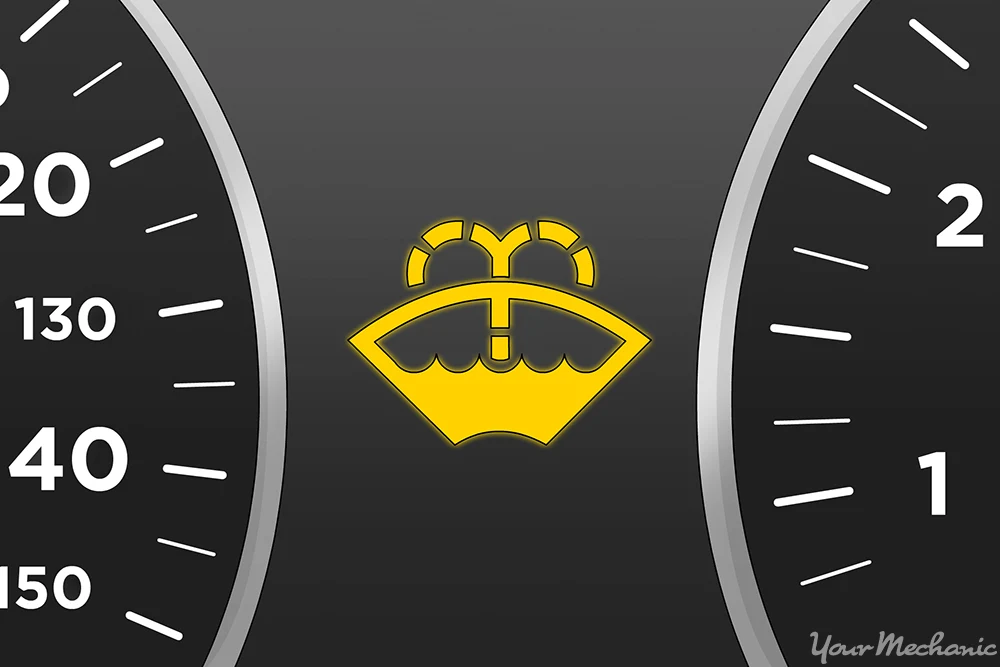
The washer fluid light, usually represented by a yellow windshield icon, indicates a low level of windshield washer fluid. The symbol can also be found on the cap of the washer fluid reservoir, making it easy to locate and refill. The reservoir is typically located under the hood and there is usually only one reservoir in the vehicle.
Engine Stop-Start Light
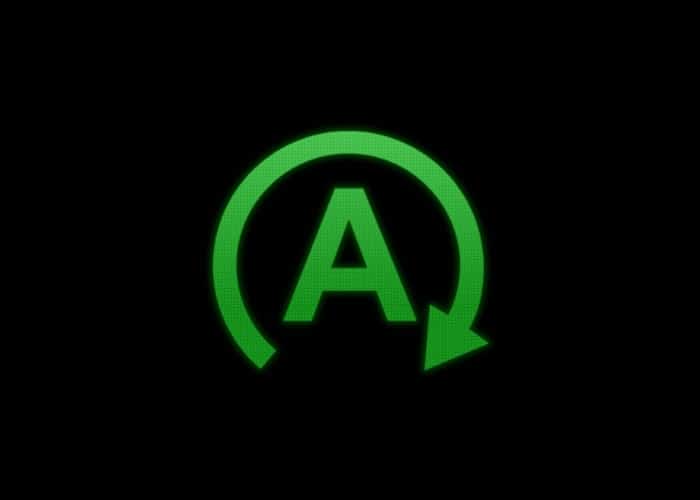
Modern vehicles often feature automatic start-stop systems to save fuel in stop-and-go city driving. These systems shut off the engine when the vehicle is at a stop and quickly turn it back on when the brake pedal is released, reducing idling time. The engine start-stop light, usually represented by an “A” inside a circular arrow, indicates the status of this system. It may be green or blue to show that it is active, or amber to indicate that it has been disabled. An exclamation point next to this icon usually indicates a problem with the start-stop system.
Security Light
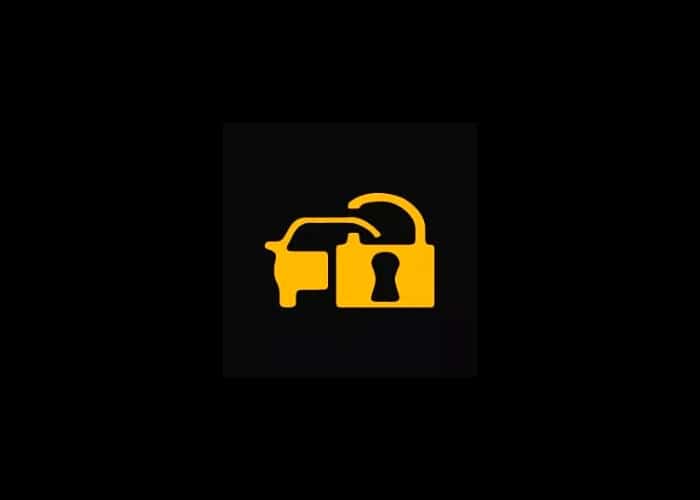
The security light is an indicator that can illuminate for a few reasons. It may turn on and disable the ignition if an incorrect key is inserted, or indicate a fault with the ignition while driving. It is most commonly used as a deterrent for thieves, and when the vehicle is parked and locked, it will typically blink occasionally to indicate that the alarm system is armed. The design of this light can vary, but it often features the outline of a car with either a key or padlock icon.
Glow Plug Light
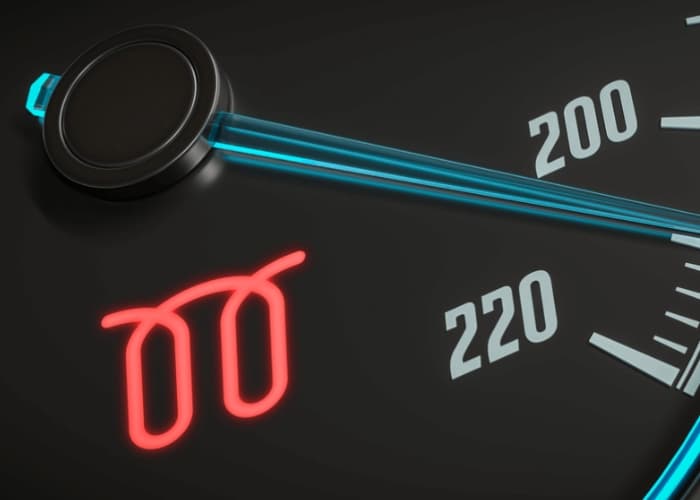
Diesel engines are equipped with glow plugs, which help start the engine in cold temperatures by heating up the combustion chamber. It takes a few seconds for the glow plugs to warm up the engine, and they shut off once the engine is hot enough. The amber glow plug light, represented by a squiggle with two loops, indicates that the glow plugs are warming up. The light will turn off once the engine is ready to start. If the glow plug light blinks or stays on, it may indicate a problem with the system and the engine may be difficult to start.
DPF Light
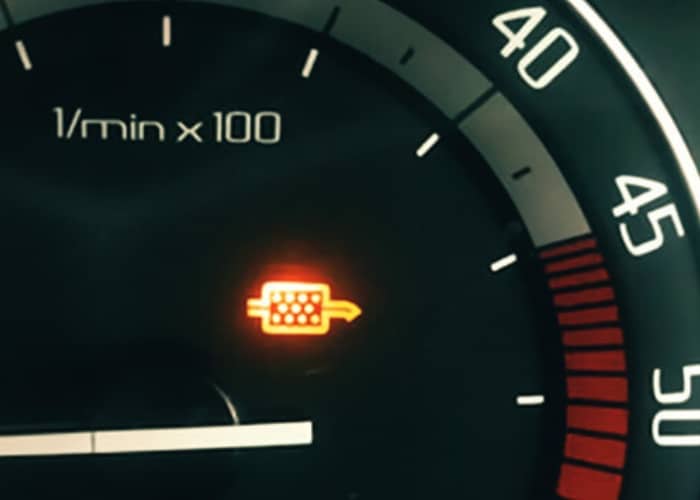
Diesel vehicles are equipped with a diesel particulate filter (DPF) which collects soot and ash from the exhaust system, improving emissions and reducing smoke from the tailpipe. However, this filter can become clogged over time. The DPF light, which is usually amber in color, illuminates to indicate that the filter is blocked and needs cleaning or replacement. The design of the light often features a box filled with small circles or a puff of smoke passing through a line of circles.
DEF Light
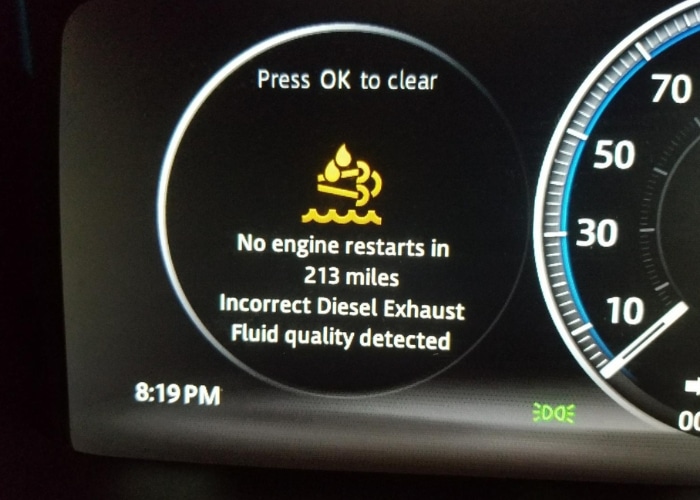
The DEF light, also known as the diesel exhaust fluid light, is an important warning indicator for diesel vehicle owners. This light, which resembles the DPF light with the addition of two droplets, indicates a low level of diesel exhaust fluid in the vehicle. Drivers may also see accompanying text warnings to refill the DEF reservoir. This fluid, which is a mixture of urea and deionized water, is injected into the exhaust system to reduce nitrogen oxide emissions. Additionally, DEF is also commonly referred to as AdBlue. It is crucial to refill the DEF tank as soon as possible when this light turns on, as failure to do so may result in the engine entering a reduced-power mode or shutting down completely if the tank is entirely empty.
Cruise Control Light
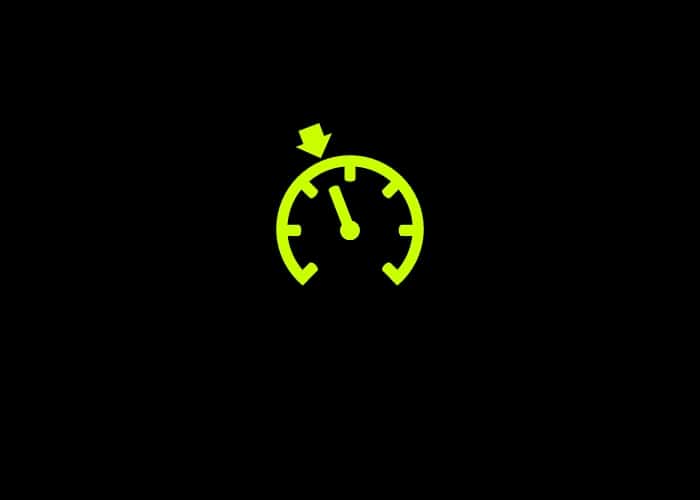
The cruise control light, which is typically represented by a speedometer icon, can indicate various status of the cruise control system depending on the color. A green light often indicates that the cruise control has been set and is active. An amber or yellow light, on the other hand, can indicate that cruise control is enabled but not set, or that there is an issue with the system that requires attention. It is important to consult the owner’s manual of your specific vehicle to understand the meaning of the cruise control light and troubleshoot any potential issues.
Adaptive Cruise Control Light
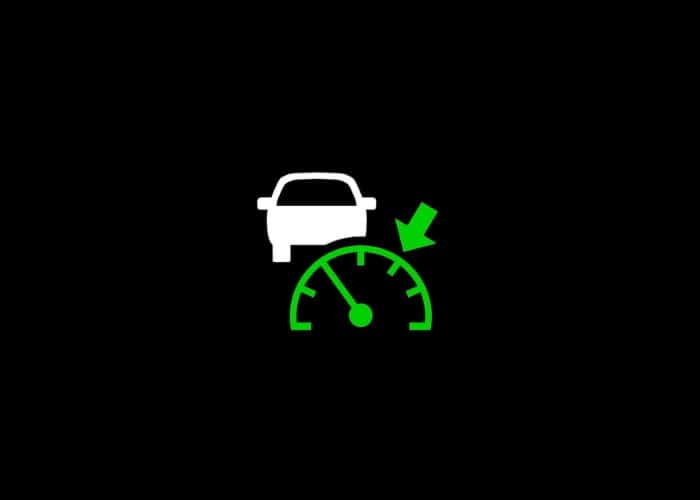
Adaptive cruise control is a driver assist feature that uses cameras and sensors to automatically adjust the vehicle’s speed and distance from the car in front. When engaged, the system can slow down the vehicle if the car ahead slows down, or speed up the vehicle if the car ahead accelerates or changes lanes.
There are usually a few dashboard lights that indicate the status of the adaptive cruise control system. These lights may include text that reads “ACC”, a speedometer icon with a car behind it, or a car with waves in front of it. These lights typically indicate that the system is active. Additionally, some vehicles may have a series of bars between two vehicle icons that indicates the desired following distance to other cars. For more information on the specific adaptive cruise control system of your vehicle, it is best to refer to the owner’s manual.
Forward Collision Warning Indicator
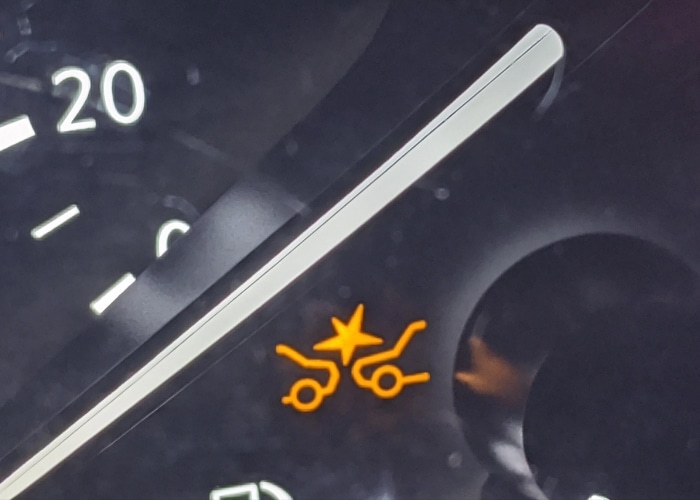
While a small light on the dashboard usually indicates that the parking brake is engaged or there is a problem with the braking system, another brake warning light requires immediate action. The forward-collision warning system of the vehicle is activated when the vehicle is closing in on the car in front too quickly, and a flashing red or amber light will appear on the dashboard with the text “Brake” or a similar warning. This light is a indication that the driver should brake immediately to prevent a collision or reduce the impact of an impending crash. Additionally, an audible warning will also accompany the flashing light to further alert the driver of potential danger.
Lane-Departure Warning Light
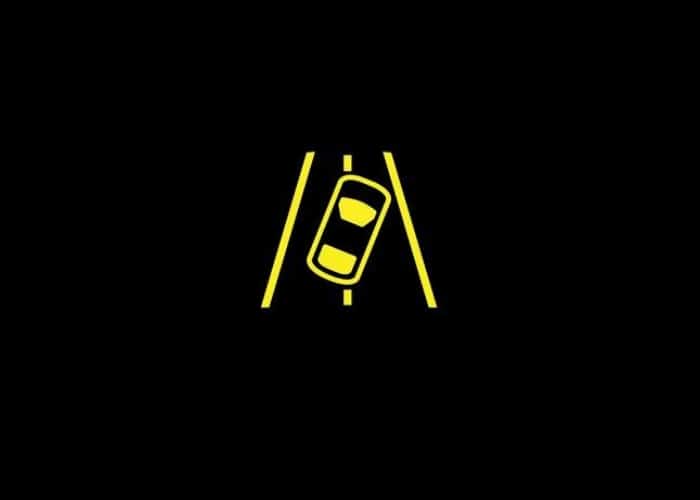
The lane-departure warning system is a driver-assist feature that alerts the driver when the vehicle starts drifting out of its lane. The warning system uses a combination of visual, auditory, and tactile alerts to inform the driver of the lane departure. Common alerts include a “LDW” or “LDA” warning light on the dashboard, a symbol of a car veering out of a lane, an audible beep, and if the system is bundled with lane keep assist, it will also apply a slight tug on the steering wheel to gently guide the vehicle back into its lane. This feature helps keep the vehicle on the correct path and prevent unintended lane changes.
Parking Assist Light
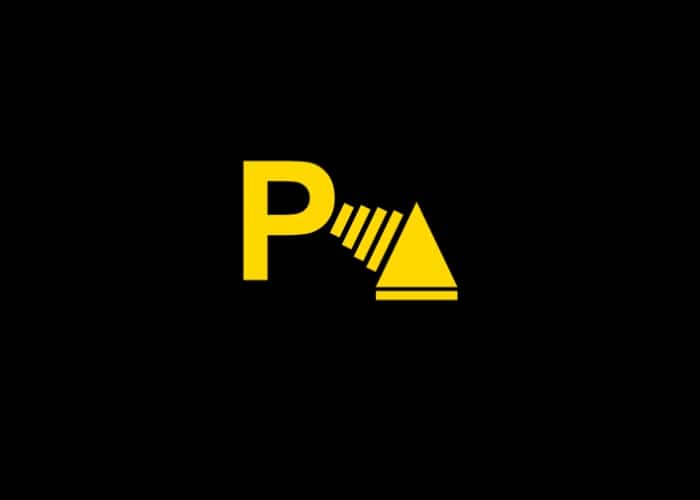
If a vehicle is equipped with parking sensors, a warning light with the symbol of a “P” and a triangle separated by waves may appear on the dashboard. This symbol may be accompanied by audible beeping or a bird’s eye view of the vehicle on the display. This light indicates that the front or rear bumper of the vehicle is close to an object and the driver should be cautious while parking. However, it may also indicate an issue with the parking sensor system. It is recommended to refer to the owner’s manual of the vehicle to understand the meaning of this light and troubleshoot any potential issues with the parking sensor system.
Blind-Spot Monitoring Light
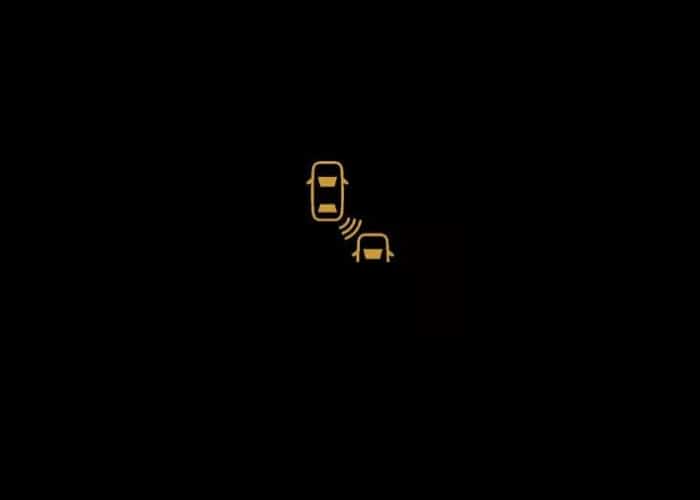
Blind-spot monitoring systems are designed to help detect other vehicles that may be hidden from the driver’s view by using sensors placed at the sides and rear of the vehicle. These systems usually alert the driver by illuminating an icon, which is usually represented by two staggered cars separated by waves, in the side mirror closest to the approaching vehicle. Additionally, some vehicles may also have “BSM” or “BLIS” lights on the dashboard that indicate the system is operating, but they can also indicate a potential issue. To understand the specific meaning of these lights and troubleshoot any potential issues with the blind spot monitoring system, it is recommended to refer to the owner’s manual of the vehicle.
Drowsiness Monitoring Light
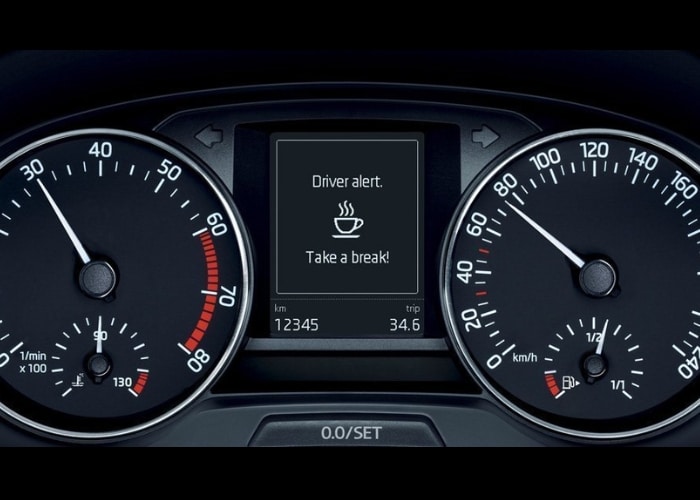
Driver drowsiness monitoring systems are designed to detect signs of driver fatigue by using various sensors. These systems look for signs such as constant steering wheel corrections and extended driving distances without taking a break. Some advanced systems can also monitor eye movements to detect if the driver is paying attention to the road. The system typically alerts the driver by displaying a flashing coffee cup symbol on the dashboard, as well as a message such as “attention assist” or “time for a break” to remind the driver to take a break and rest. It is important to note that these systems are intended to provide an alert and not to take the place of a driver’s own judgment.
Master Warning Light
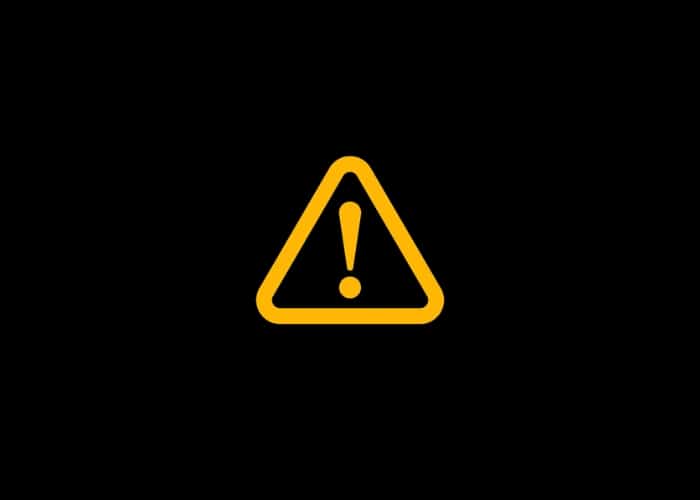
Master caution warning lights, which were originally designed for high-performance aircrafts, are now being included in modern cars and trucks. These lights, also known as master warning lights, are designed to alert the driver to check other systems for potential issues. For example, it may illuminate to indicate that the driver should check the tire pressure monitoring system or the vehicle’s maintenance status. In some vehicles, the light will remain on until the underlying issue has been resolved. It is important to check the owner’s manual to understand the specific meaning of the master caution warning light for your vehicle and take the appropriate action to address any potential issues.
Fog Lamp Indicator
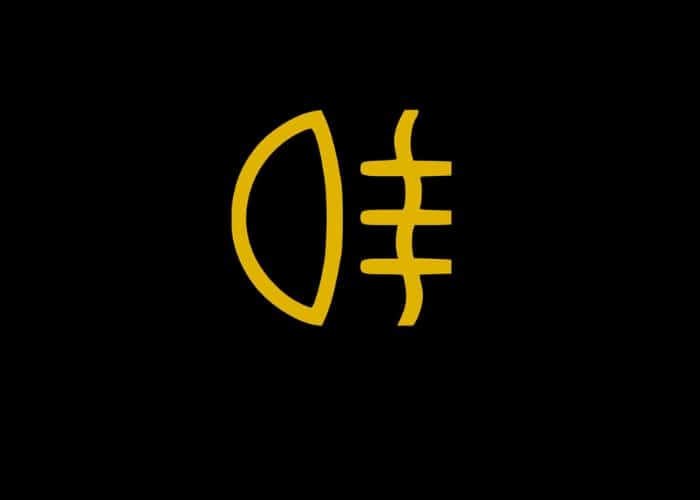
The fog lamp indicator is a light on the dashboard that informs the driver if the fog lamps are turned on or off. If the light is illuminated, it means the fog lamps are on, and if the light is not on, it means the fog lamps are off. It is important to note that in most states, using fog lamps while there is oncoming traffic is not legal. The fog lamps are designed to be used in low visibility conditions, such as fog, rain, or snow. It is important to check the local laws and regulations regarding the use of fog lamps, and to use them only when necessary to improve visibility and ensure safety on the road.
Gearbox Warning
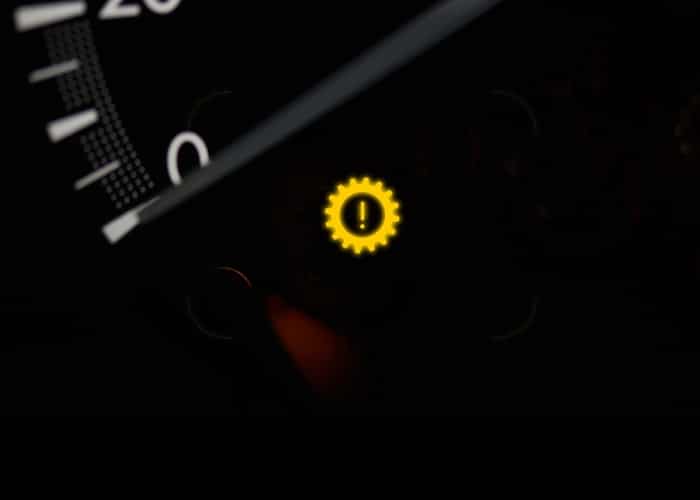
A gearbox warning light is similar to a transmission temperature warning light and is often located in the same spot on the dashboard. It indicates an issue with the transmission or its components. The cause of the warning light can range from low transmission fluid levels to more serious mechanical problems. It is important to not ignore a gearbox warning light as it can lead to costly repairs if left unaddressed.
Gas Cap Indicator
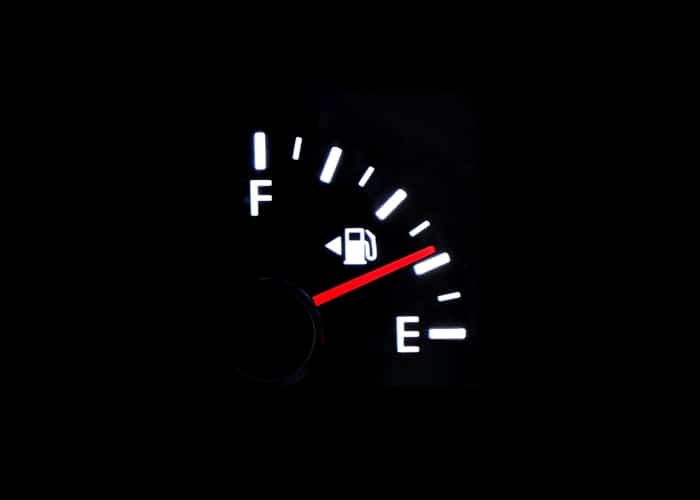
Many cars do not have a gas cap indicator light, but if a check engine light appears on the dashboard, one of the first steps to take is to check that the gas cap is properly tightened and in place. A common cause of check engine lights is a loose or missing fuel cap.
Some cars may have a warning light or message that alerts the driver if the fuel door is open, however, not all cars have this feature. Similarly, most electric vehicles will have an indicator that informs the driver if the charging port door is open. If you are unsure about the warning lights in your vehicle, it’s best to refer to the owner’s manual for more information.
High-beam Headlight Indicator
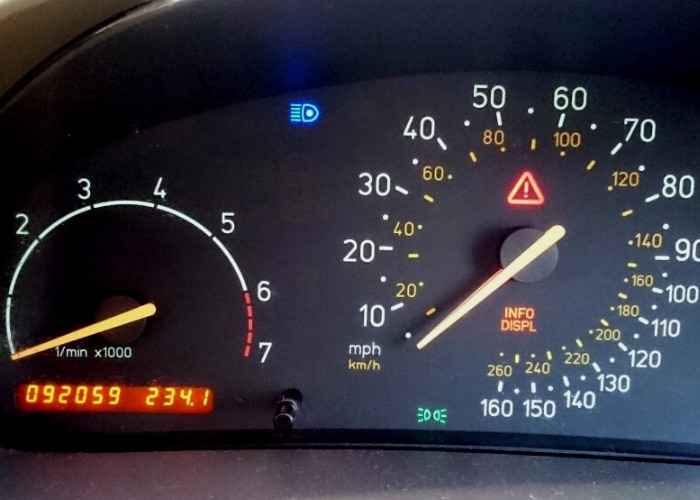
The high-beam headlight indicator is a simple feature that alerts the driver when the high-beam headlights are in use. It is typically represented by a blue light and will turn on when the high-beam headlights are activated and turn off when the driver switches back to the low-beam headlights. This indicator serves as a reminder to the driver to switch back to low-beam headlights when necessary to avoid blinding other drivers on the road.
Automatic High-Beam Headlight Indicator
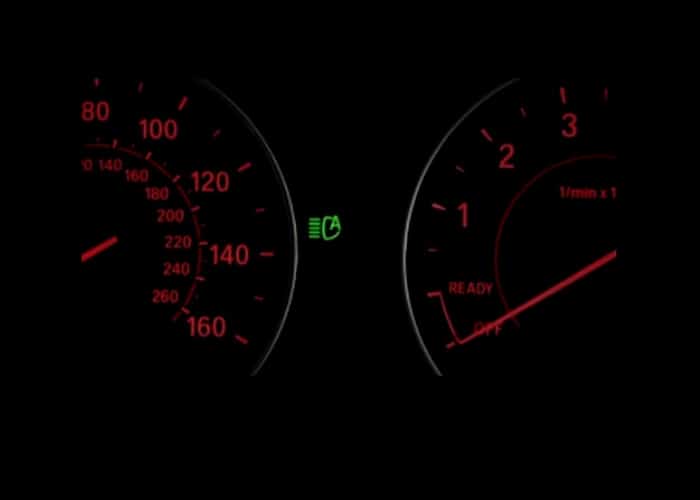
In newer cars with automatic high-beam headlights, there is usually an indicator light on the dashboard that shows the status of the high-beam headlights. An “A” icon next to the high-beam indicator light, indicates that the automatic high-beam feature is active. This feature automatically switches between low-beam and high-beam headlights depending on the driving conditions and the presence of other vehicles on the road. In many vehicles, the icon will change from white to blue when the automatic system switches from low- to high-beams. This feature enhances visibility and improves safety on the road by automatically adjusting the headlights as necessary. It’s important to consult the owner’s manual of your vehicle to understand the meaning of the high-beam indicator light and the features of the automatic high-beam headlights.
Door/Trunk/Hood Open Warning
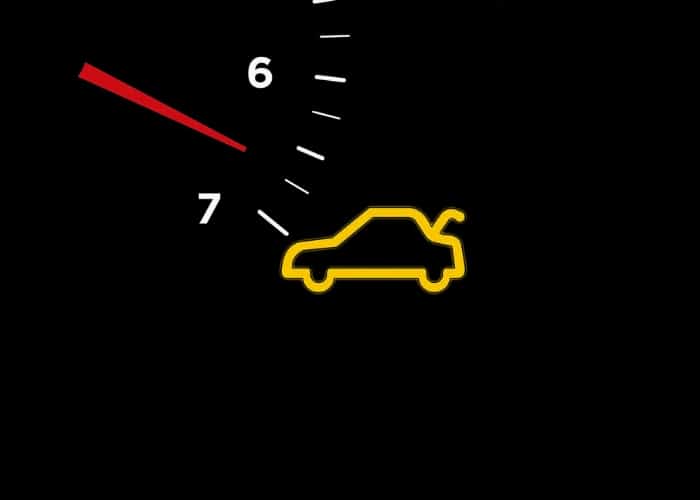
The door ajar warning is a common feature on many modern vehicles that alerts the driver when one or more of the doors, trunk, hatch, or hood is not fully closed or latched. This warning can take the form of a simple icon on the dashboard or a high-definition image of the vehicle that shows which specific opening is not fully closed. It is important to check and properly close any opening that triggers this warning, as it can not only increase the risk of injury in the event of a crash but also cause damage to the car over time.
Electric Vehicle Dashboard Warnings
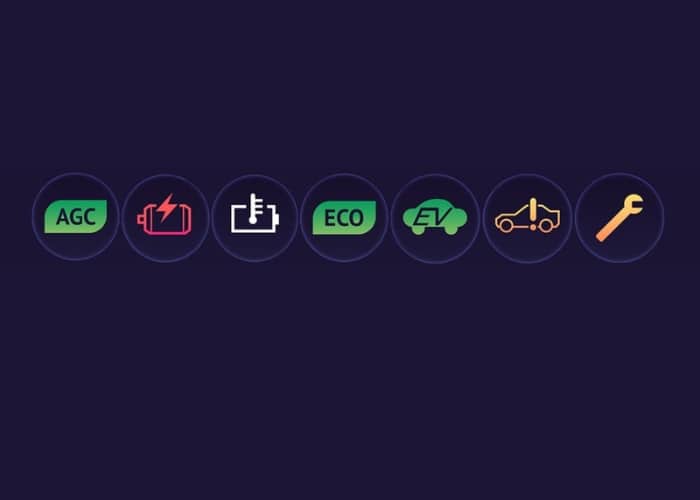
Electric vehicles have several unique dashboard warnings and displays that are not present in cars with internal combustion engines. These include charging status, range, and estimated time to charge. Additionally, since electric cars are nearly silent, a dashboard message or indicator will alert the driver when the vehicle is ready to move.
One of the most critical indicator lights in an electric vehicle is the battery pack overheat warning. This light serves as a warning sign that the battery cooling system may have failed and the vehicle should be parked outside immediately to prevent further damage. A battery pack overheating can cause permanent damage, degrade the performance of the battery and even create a fire hazard. It is important to take this warning seriously and to address the issue as soon as possible. It is always recommended to consult the owner’s manual or the manufacturer’s website for more information on the meaning of these indicator lights and the proper actions to take when one of these warning lights appears on the dashboard.
ECO Driving Indicators
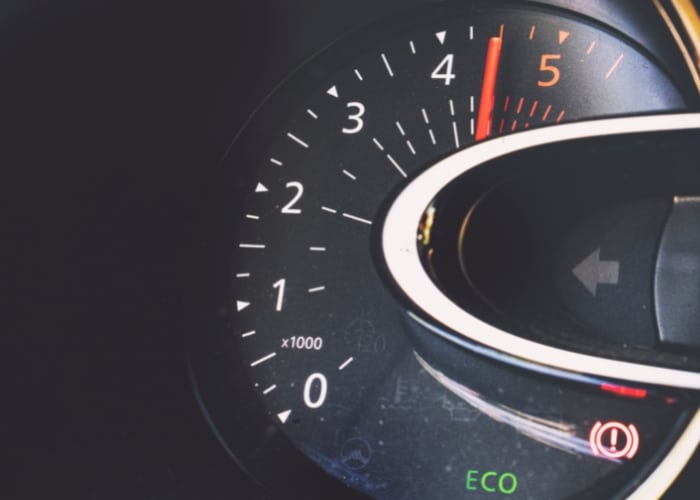
The first indicator is typically a green leaf or “ECO” text on the dashboard, and it turns on when the Eco mode is active. The second indicator is usually a gauge or graph that displays your driving efficiency, and it may also include tips or suggestions for improving fuel economy. These indicators can be found in newer vehicles that have advanced driver information systems. It encourages the driver to drive more efficiently to save fuel and reduce emissions.
Four-Wheel-Drive/All-Wheel-Drive Indicators
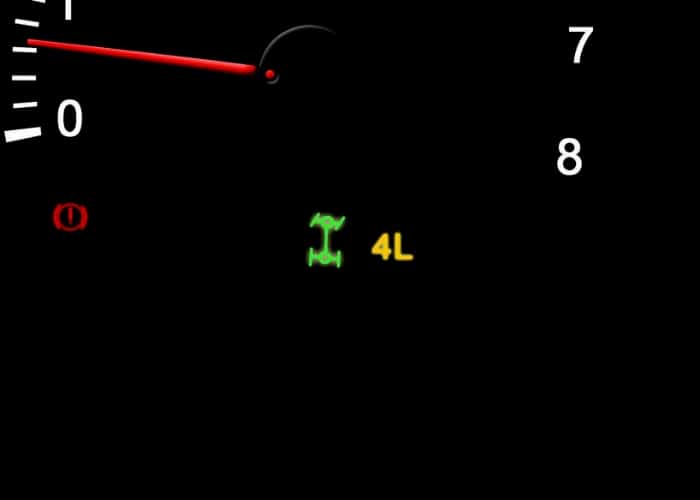
If a vehicle is equipped with four- or all-wheel drive, there will be additional indicators on the dashboard to show the status of the drivetrain. In vehicles with four-wheel drive, there will be an indicator that shows the current drive mode, such as two-wheel drive, four-wheel drive high range, or four-wheel drive low range (if the vehicle is equipped with a two-speed transfer case). Additionally, some vehicles may also have indicators for locking differentials and hill descent control.
Vehicles with all-wheel drive will have an indicator that warns the driver of any issues with the drivetrain. This indicator could be a light or a message on the dashboard. It’s important to be aware of these indicators, as they can provide important information about the status of the vehicle’s drivetrain and help you take the necessary steps to maintain your vehicle. It’s always recommended to consult the owner’s manual or the manufacturer’s website for more information on the meaning of these indicator lights and the proper actions to take when one of these warning lights appears on the dashboard.
Brake Pad Warning Light
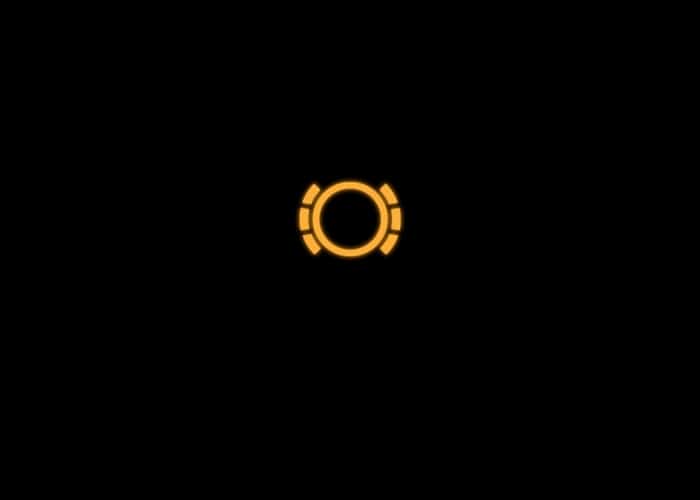
Some vehicles have a special brake warning light or message on the dashboard that indicates that the brake pads have worn to the point that they need to be replaced. This is not an emergency situation, but it is important to have the brakes inspected as soon as possible to ensure the safety and proper functioning of the vehicle. Worn brake pads can reduce the braking performance and increase the stopping distance of the vehicle, which can be dangerous in certain driving conditions. It’s always recommended to consult the owner’s manual or the manufacturer’s website for more information on the meaning of the brake warning light and the proper actions to take when one of these warning lights appears on the dashboard.
Exterior Lamp Out

Some vehicles have a special brake warning light or message on the dashboard that indicates that the brake pads have worn to the point that they need to be replaced. This is not an emergency situation, but it is important to have the brakes inspected as soon as possible to ensure the safety and proper functioning of the vehicle. Worn brake pads can reduce the braking performance and increase the stopping distance of the vehicle, which can be dangerous in certain driving conditions. It’s always recommended to consult the owner’s manual or the manufacturer’s website for more information on the meaning of the brake warning light and the proper actions to take when one of these warning lights appears on the dashboard.
Low Electric Battery Charge
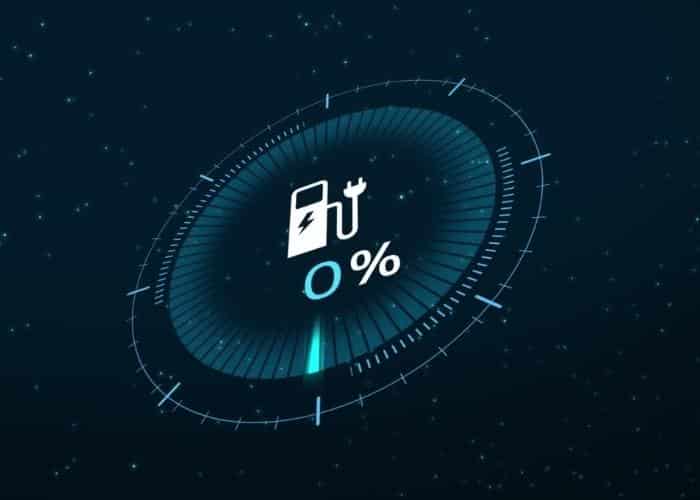
A low electric battery charge can be indicated by a battery-shaped warning light on the dashboard or a message telling the driver that the battery is low. It can also mean there’s a problem with the car’s charging system. The same problem can be noted if the vehicle has a voltage gauge or shows battery issues with instrument panel messages.
It’s important to pay attention to low battery charge warnings, as it may not have enough power to restart the car the next time it’s turned off. It’s important to charge or replace the battery as soon as possible in order to avoid getting stranded. It is also important to check the charging system of the vehicle to make sure it’s working properly. In case of any doubt or uncertainty, it’s always recommended to consult the owner’s manual or the manufacturer’s website for more information on the meaning of the low battery charge warning light and the proper actions to take when one of these warning lights appears on the dashboard.
Service Vehicle Light
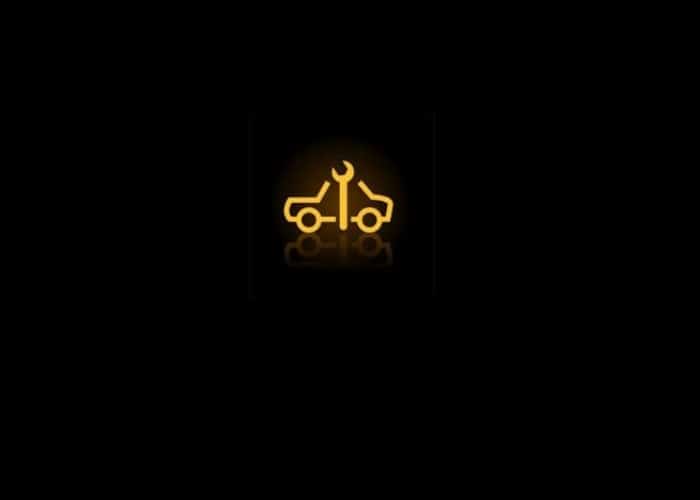
With modern vehicles, the car will inform the driver when the next service is due, eliminating the need to consult the owner’s manual. This can be done through a maintenance light on the dashboard or a message on the instrument panel or infotainment screen. Additionally, if the vehicle is connected to a phone app, the maintenance reminders may also appear there.
The service vehicle light can illuminate for a range of maintenance requirements, from an oil change that is due to a more complex service requirement such as a transmission service. Once the maintenance is completed, the shop performing the service will typically reset the light. It’s important to pay attention to these maintenance reminders and to schedule the service as soon as possible to ensure the vehicle is running at its optimal performance and to avoid any further issues.
How to check Car’s Dashboard Warning Lights with an OBD Device
In conclusion, understanding how to check your car’s dashboard warning lights with an OBD device can save you time, money, and potentially prevent a breakdown on the road. By connecting the device to your car’s OBD port and interpreting the codes, you can quickly identify the problem and take action before it becomes a major issue. It’s a good idea to invest in an OBD device and become familiar with how to use it, so you’re prepared in case a warning light appears on your dashboard. Remember to always consult your car’s owner’s manual for specific instructions and troubleshooting tips.

